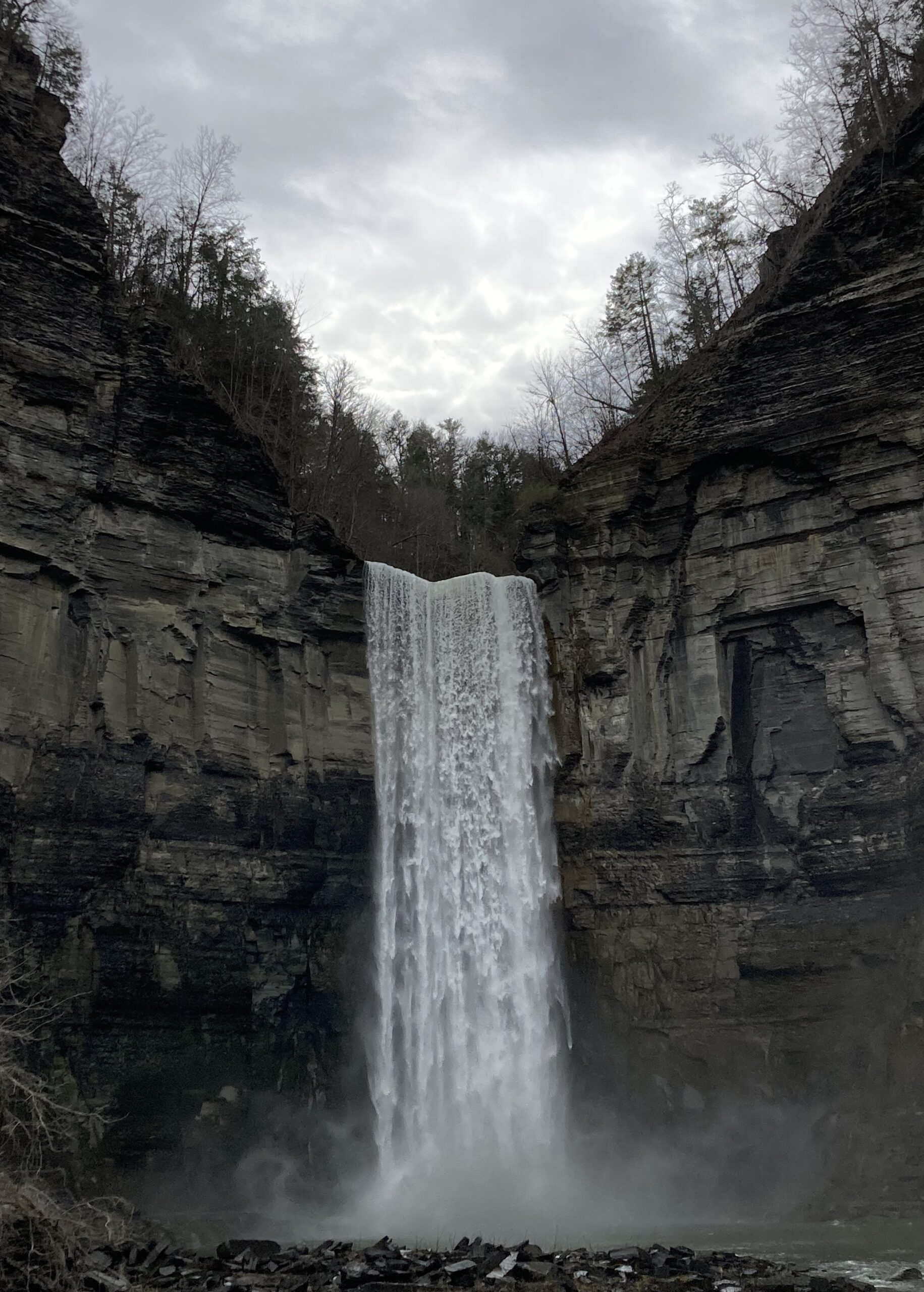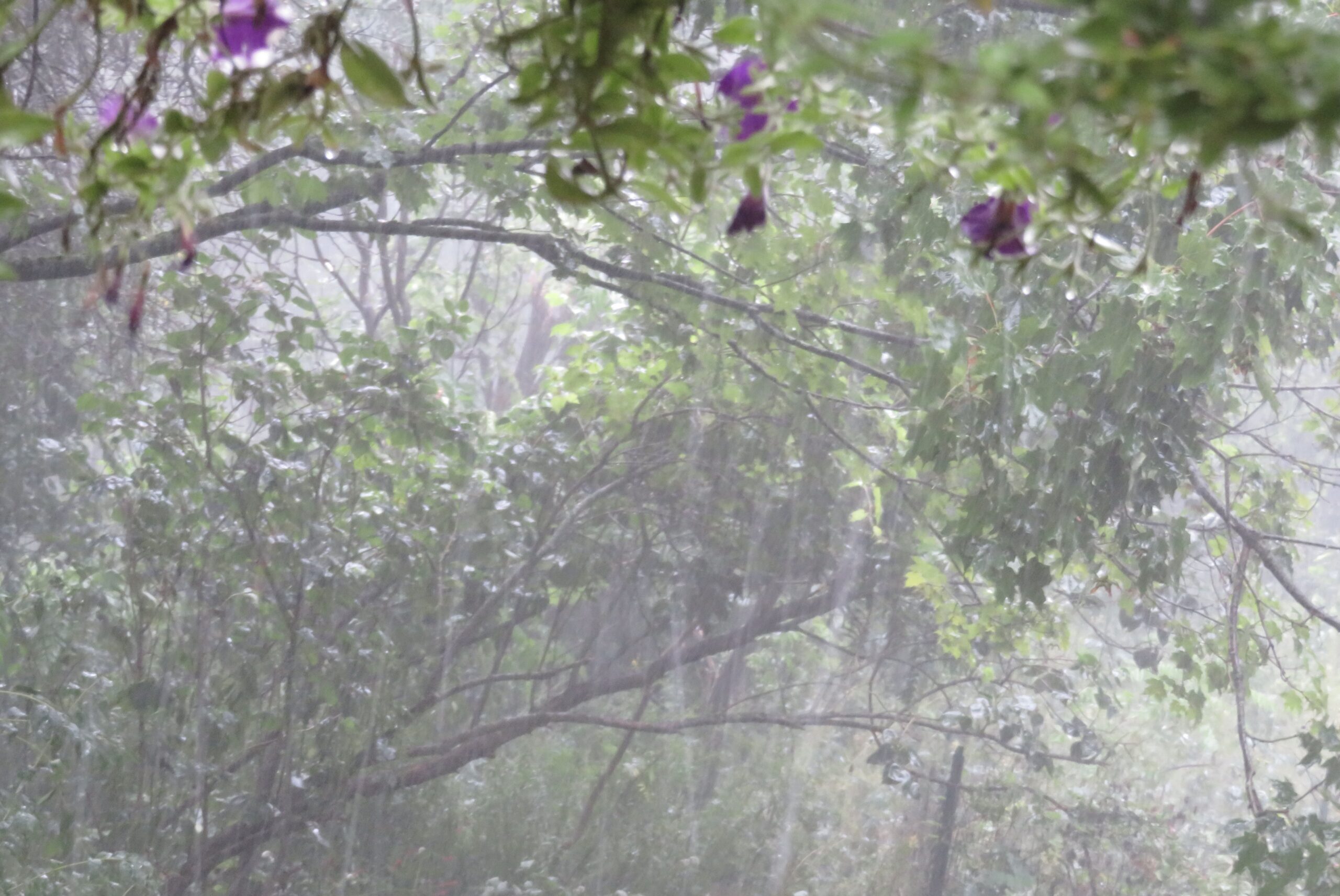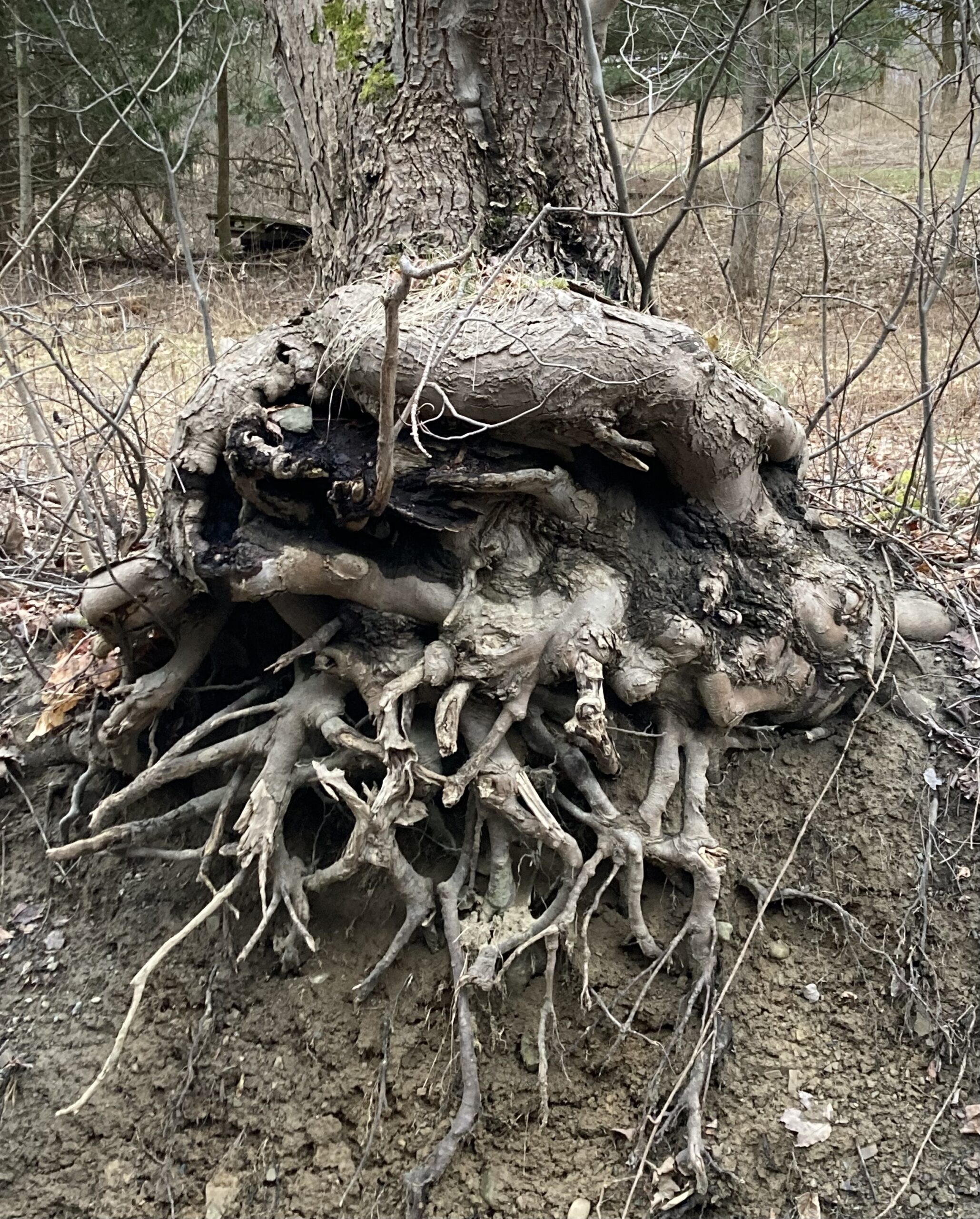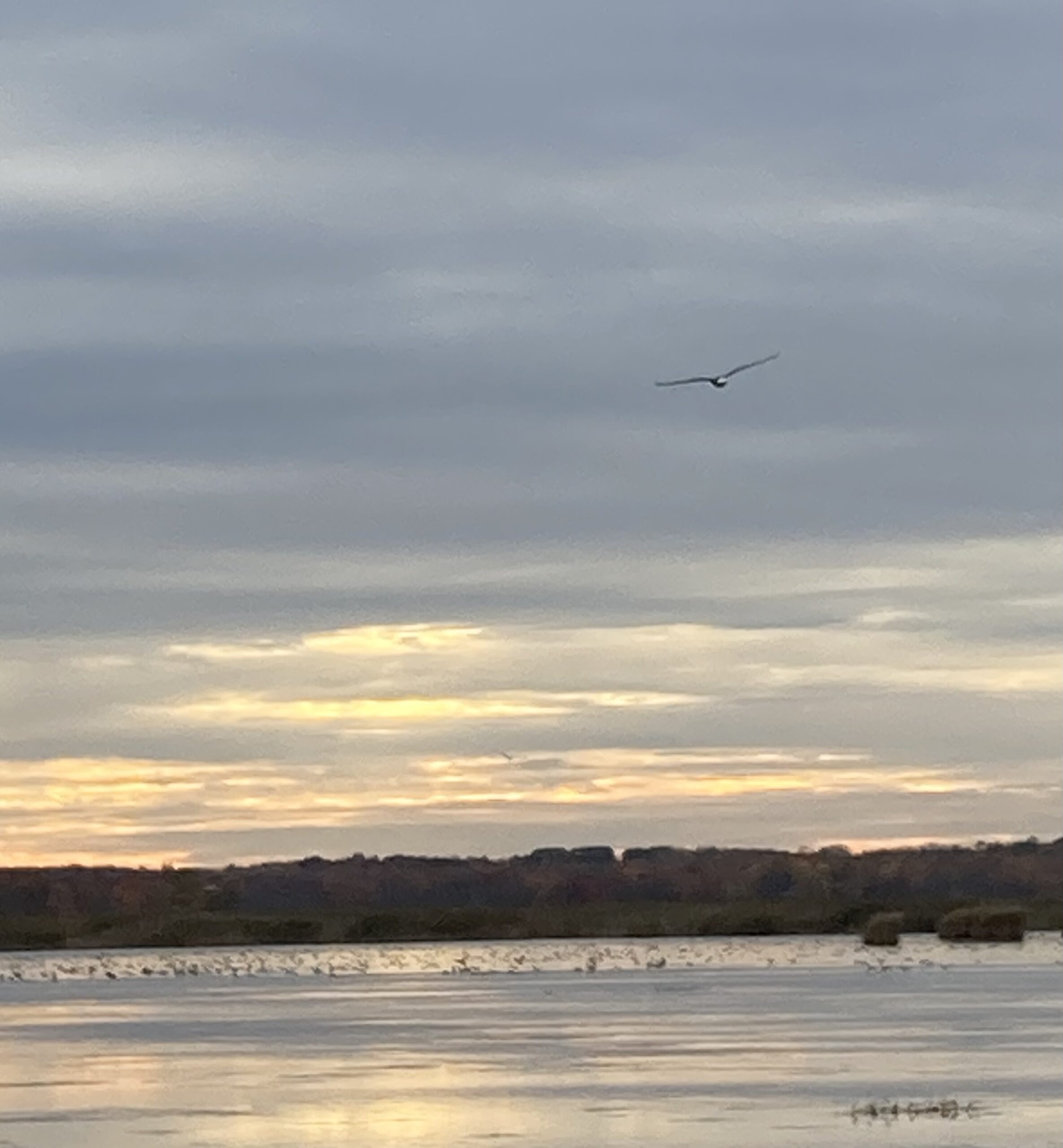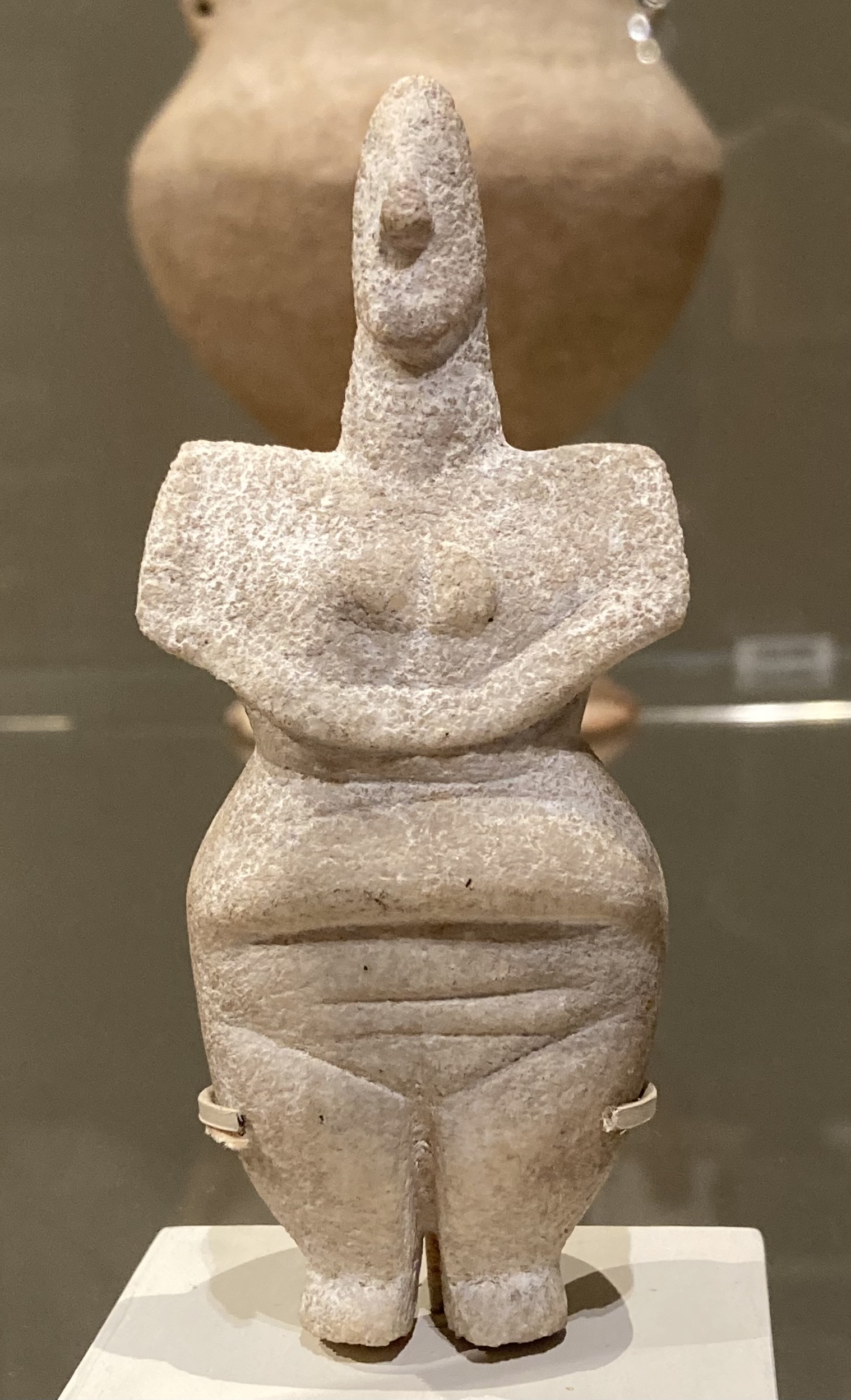All events can create unpredictable responses and results. The bigger the event, maybe the more unpredictable is what follows it⎼ the responses, the takeaways, the lessons learned.
This week’s eclipse had predictable effects. If we could see it, along with so many others, the moment was startlingly immense. Unavoidably present. But for others, we couldn’t see it at all.
My wife and I drove about 25 miles to a park on a lake near the path of totality. Earlier in the day, clouds shared the sky with the sun. But, as the moment drew closer, the cloud cover deepened. The air grew very cold. Several robins started singing loudly and then grew completely silent. And to the north, a darkness rose through the clouds. Although we knew it was coming it still defied expectations. It was black, darker than a heavy storm cloud, but only for a portion of the sky. And in 2 minutes, it was gone. Even such big events can last but a moment.
It reminded me, maybe most of us who made the effort to experience it, that the universe is not under human control. It’s impossibly bigger and beyond us. We felt small, maybe some of us felt humbled by it, frightened as well as awed. I imagined the terror our human ancestors must have felt at moments like this, in times before the development of science and maybe before primal people’s had their own ways of anticipating cosmic events.
One thing I didn’t predict was an insight into the hyperobjective nature of climate change that I wrote about in my last blog; the fact that the dangers posed by the climate emergency are beyond our comprehension, beyond what evolution has prepared us to deal with.
During the daytime, as we look up to the sky at the infinite blue emptiness, or we witness this eclipse ⎼ or on a clear night, when we see the unfathomable array of stars ⎼ we can feel so small, so powerless to affect the universe on this cosmic scale. And maybe one reason we can’t digest the threat posed by the climate crisis is because it entails truly believing, feeling we humans do affect the universe, or this world at least. We do have some control. We are the universe.
Maybe our personal effect on the universe is incalculably small, but collectively, here on earth, it’s noticeable. We can dry up or burn down the surface of the earth; we can darken the cloud cover with pollution or shake the heavens with aircraft. This isn’t quite the moon eclipsing the sun. But we can eclipse the sun in other ways, for example by burning fossil fuels we change climate patterns. And these effects last far longer than the eclipse did.
And I wondered why we don’t feel this immensity of sky and universe more often. How can we change this, and change our as yet inadequate response to climate change? A total eclipse doesn’t happen every day. But an incomprehensible sky is with us every day. A desire to fully embrace our lives is here every moment. The climate crisis is here every moment.
Sometimes, we feel regret, maybe for not getting to see the eclipse or for something we’ve said or done. But the most fortunate regret, one we might experience most often, is the regret over a half-lived or ignored moment. Or maybe any regret is a mirror of this regret. Regret over a lost past is really a realization of a lost now. A lost future. Regret over a future we might never get to see or a dread over what that future might be like for ourselves or our children. Or maybe what I’m describing is regret transmuting into grief or fear. …
*To read the whole article, please go to The Good Men Project.

